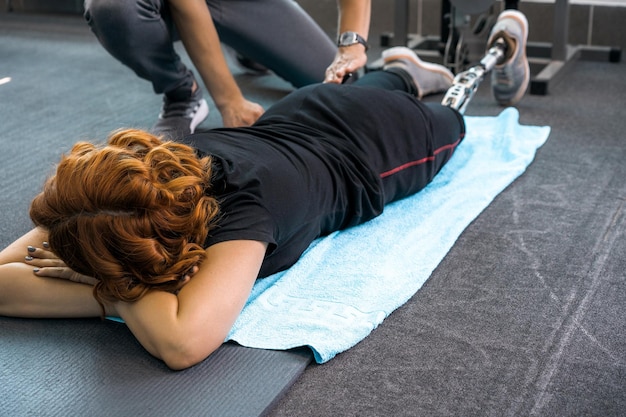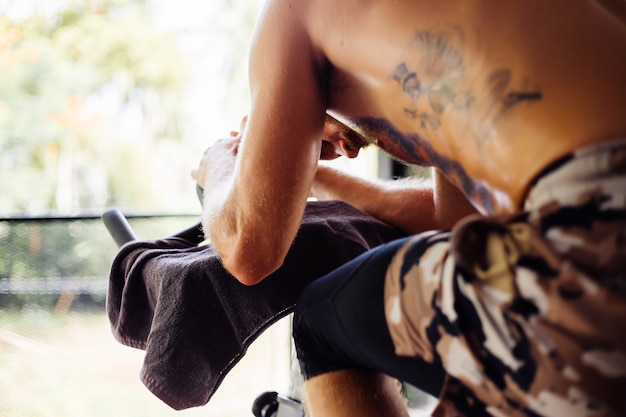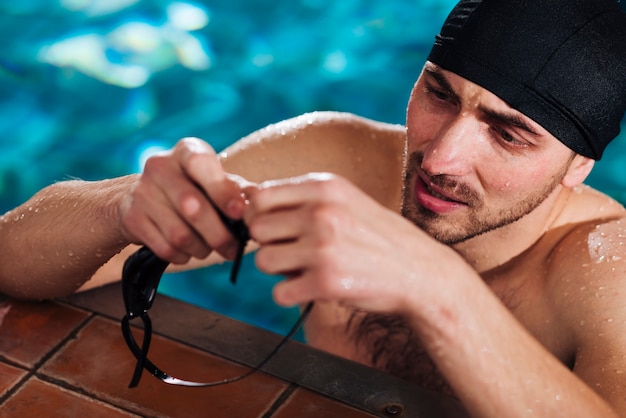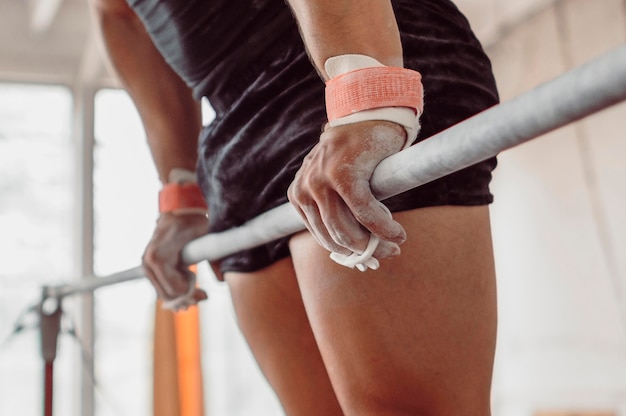21 Smart Ways to Boost Hydration & Muscle Growth Through Walking: Weekly Plans, Tips & Safety
Staying hydrated isn't just about quenching thirst—it's a vital part of muscle recovery, energy regulation, and overall physical performance. When combined with a consistent walking routine, proper hydration can significantly enhance muscle gain, support metabolism, and improve endurance. In this guide, we’ll explore 21 science-backed strategies to help you hydrate better while following structured walking plans designed to support muscle development.
Why Hydration Matters for Muscle Gain
Water plays a critical role in muscle function. Dehydrated muscles are more prone to fatigue, cramping, and reduced strength. Even mild dehydration (as little as 2% fluid loss) can impair physical performance. When you walk regularly—especially with added resistance or incline—your body loses fluids through sweat, increasing the need for replenishment.
Proper hydration supports protein synthesis, nutrient delivery, and joint lubrication—all essential for muscle growth and recovery.
Hydration + Walking: A Powerful Combo for Muscle Support
Walking may seem low-intensity, but when done consistently and strategically, it boosts circulation, aids in fat loss, and enhances recovery between strength training sessions. Pairing it with smart hydration habits amplifies these benefits.
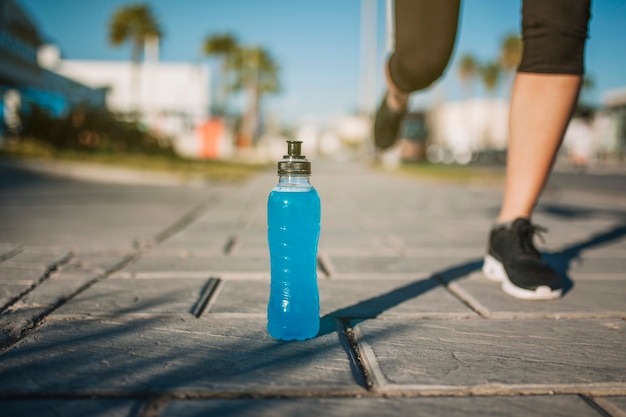
21 Ways to Hydrate Better While Walking for Muscle Gain
- Start Your Day with Water: Drink 16 oz of water upon waking to kickstart metabolism and rehydrate after sleep.
- Carry a Reusable Water Bottle: Use a marked bottle to track intake throughout the day and during walks.
- Set Hydration Alarms: Use phone reminders every 60–90 minutes to drink water.
- Drink Before, During, and After Walks: Consume 8–16 oz 30 minutes before walking, sip during (especially in heat), and rehydrate afterward.
- Flavor Water Naturally: Add lemon, cucumber, or mint to make hydration more enjoyable without added sugar.
- Monitor Urine Color: Aim for pale yellow—dark urine indicates dehydration.
- Include Electrolytes on Longer Walks: For walks over 60 minutes, consider an electrolyte tablet or drink to replace sodium and potassium.
- Walk During Cooler Hours: Early morning or evening walks reduce sweat loss and dehydration risk.
- Wear Breathable Clothing: Lightweight, moisture-wicking fabrics help regulate body temperature and reduce fluid loss.
- Use a Hydration Pack for Long Walks: Ideal for multi-mile routes where carrying a bottle isn’t practical.
- Track Daily Water Goals: Aim for at least half your body weight (in pounds) in ounces of water daily (e.g., 150 lbs = 75 oz).
- Incorporate Water-Rich Foods: Eat cucumbers, watermelon, oranges, and celery to boost fluid intake.
- Avoid Excessive Caffeine Before Walking: It can act as a diuretic and increase dehydration risk.
- Hydrate Post-Strength Training: Combine post-workout protein with water to aid muscle repair.
- Use a Walking App with Hydration Reminders: Some fitness apps include hydration tracking features.
- Walk Indoors When It’s Extremely Hot: Treadmill walking in climate-controlled environments reduces fluid loss.
- Take Scheduled Water Breaks: Pause every 20–30 minutes during long walks to drink and rest.
- Invest in an Insulated Water Bottle: Keeps water cool during summer walks.
- Practice Mindful Walking and Hydration: Use your walk to focus on breathing and sipping water slowly.
- Adjust Intake Based on Sweat Rate: Weigh yourself before and after walking; drink 16–24 oz per pound lost.
- Include Herbal Teas in Daily Fluid Count: Non-caffeinated teas contribute to hydration.
- Stay Consistent on Rest Days: Hydration supports recovery even when not walking or lifting.
Weekly Walking & Hydration Plan for Muscle Support
| Day |
Walking Plan |
Hydration Goal |
| Monday |
30-min brisk walk |
75 oz water + pre/post walk 8 oz each |
| Wednesday |
45-min incline walk |
85 oz + electrolyte drink |
| Friday |
30-min recovery walk |
75 oz + herbal tea |
| Saturday |
60-min outdoor walk |
90 oz + electrolyte |
Safety Reminders
- Never ignore signs of dehydration: dizziness, dry mouth, fatigue, or dark urine.
- Avoid overhydration (hyponatremia); balance water with electrolytes during prolonged activity.
- Walk in safe, well-lit areas and stay visible with reflective gear if walking early or late.
- Consult a healthcare provider before starting a new routine if you have kidney or heart conditions.
- Listen to your body—rest if you feel overheated or unwell.
Final Thoughts
Hydration and walking may seem simple, but together they form a powerful foundation for muscle gain and overall wellness. By integrating these 21 strategies into your routine, you’ll support recovery, boost endurance, and stay energized. Stay consistent, monitor your habits, and let every step—and every sip—move you closer to your fitness goals.






